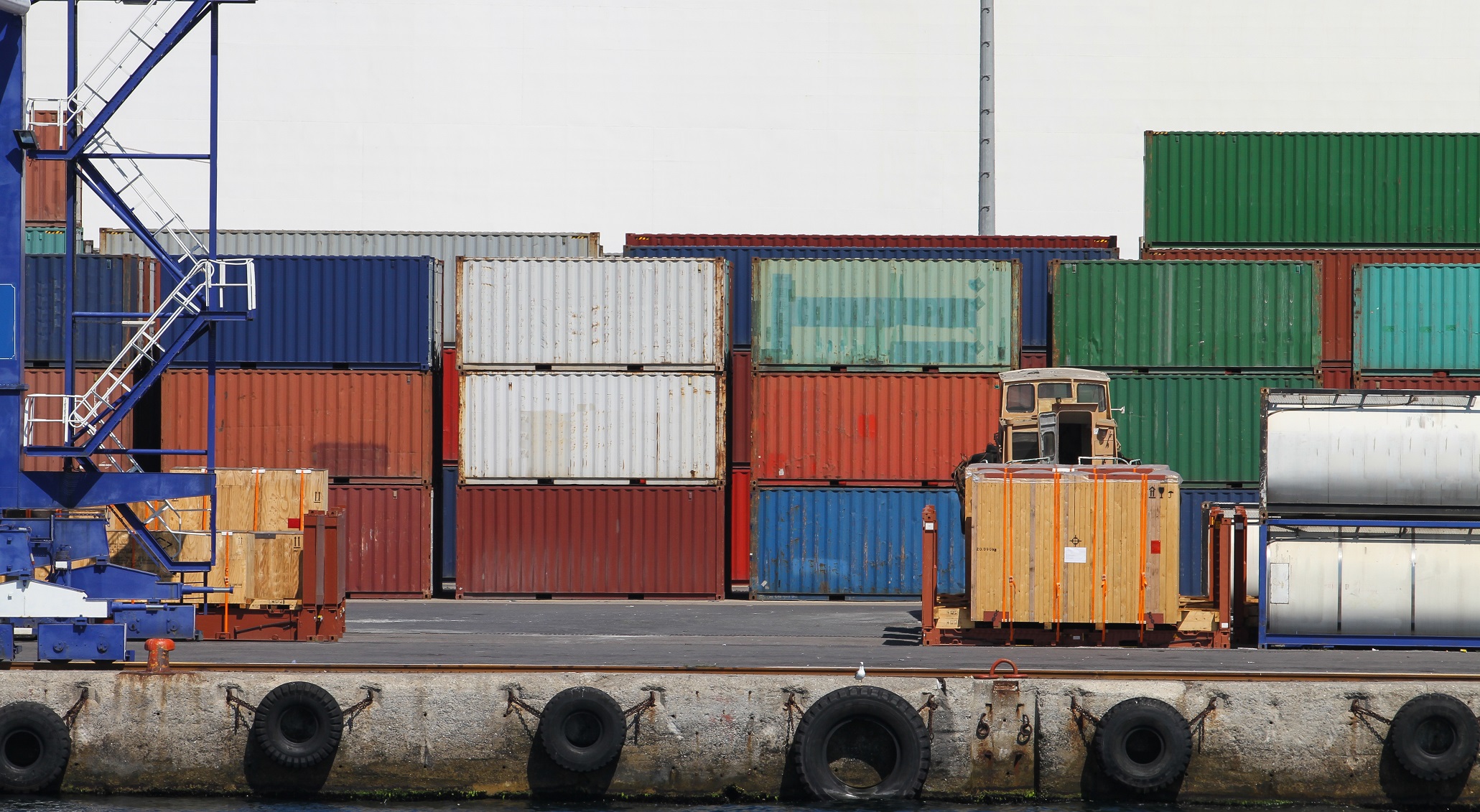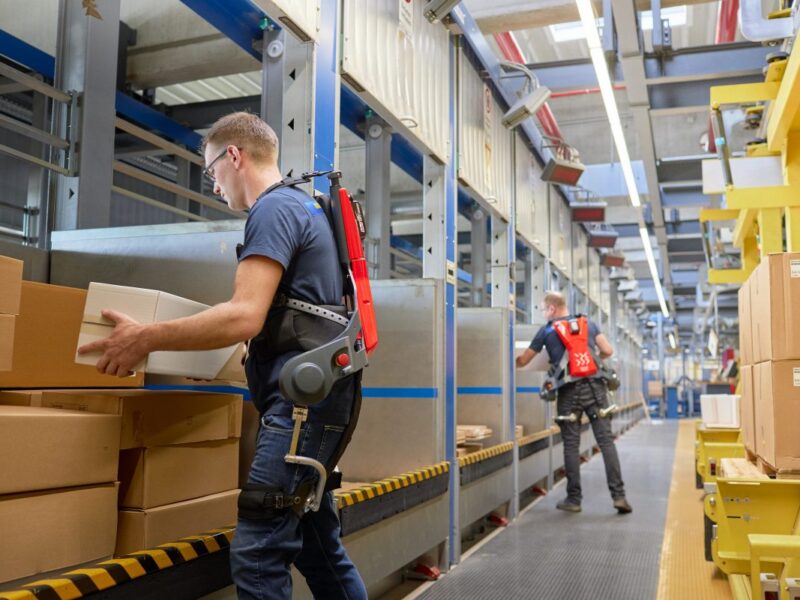Bulk cargo is a variety of homogeneous materials that have the property of flowability. There are many such substances – building materials, grain, fertilizers, raw materials, pellets, etc. Organizing the delivery of bulk cargo is one of the most demanded logistics services today.
Depending on the characteristics of the materials, such loads may be:
- bulk – special equipment is used for their loading/unloading;
- bulk – they are freely poured out of the cargo compartment of the vehicle.
There are three types of cargo, differing in the size of their constituent particles:
- lumpy – crushed stone, coal, fuel pellets;
- granular – sand, soda, salt, coffee, expanded clay;
- pulverized – raw materials for the chemical industry, starch, cement.
In addition, all bulk substances are divided into two large groups:
- non-food – granular polypropylene, various fertilizers, pellets, coal, soda, etc.;
- food – starch and potato grits, tea, cake, meal, sugar, cereals, beans, coffee, etc.
Basic requirements for transportation
Transportation of bulk cargo is carried out by certain rules. Their main purpose is to prevent the loss of part of the cargo during the delivery process (movement, transshipment).
- The body/load compartment of the vehicle must be carefully sealed so that the load cannot spill out.
- Bulk cargoes are placed in containers only containers.
- In an open box/cargo area, loose cargo should be covered with tarpaulin or other dense material that will prevent the cargo from falling onto the road.
- To ensure that the cargo does not spill out during movement, its filling level should be slightly below the upper edge of the sides of the wagon/trailer/body.
- During transportation, the rules for storing the transported substance must be observed (for example, minimize friction to prevent self-ignition).
How is the transportation happening
The cargo is loaded into the selected vehicle – wagon, tank, dump truck body. For larger volumes, special conveyor loaders are used.
- Transportation is carried out to the destination or the seaport for further transportation.
- The cargo is transferred to a specialized vessel or sea container.
- By sea, the cargo goes to the port of arrival.
- At the port of arrival, bulk cargo is transshipped into a land vehicle, in which it follows to the destination.
Features of transportation
For the delivery of bulk cargo, various specialized types of transport and containers are used. Most requested options:
- Transportation of bulk cargo by road. Usually, these are large-capacity dump trucks that transport materials for agriculture, the chemical industry, and the construction industry – sand, crushed stone, fertilizers, raw materials, etc.
- For the transportation of food bulk cargoes – sugar, salt, mixed fodder, flour – specialized tanks are used, both on the railway and a truck chassis.
- Cereals – soybeans, barley, feed, wheat, corn – are transported in grain trucks.
- Delivery of bulk cargo over long distances is often carried out by the sea in 20/40-foot tarpaulin containers.
This service requires taking into account not only the most important factors but also many nuances, which only experienced professionals can do. That is why we suggest contacting our company.


